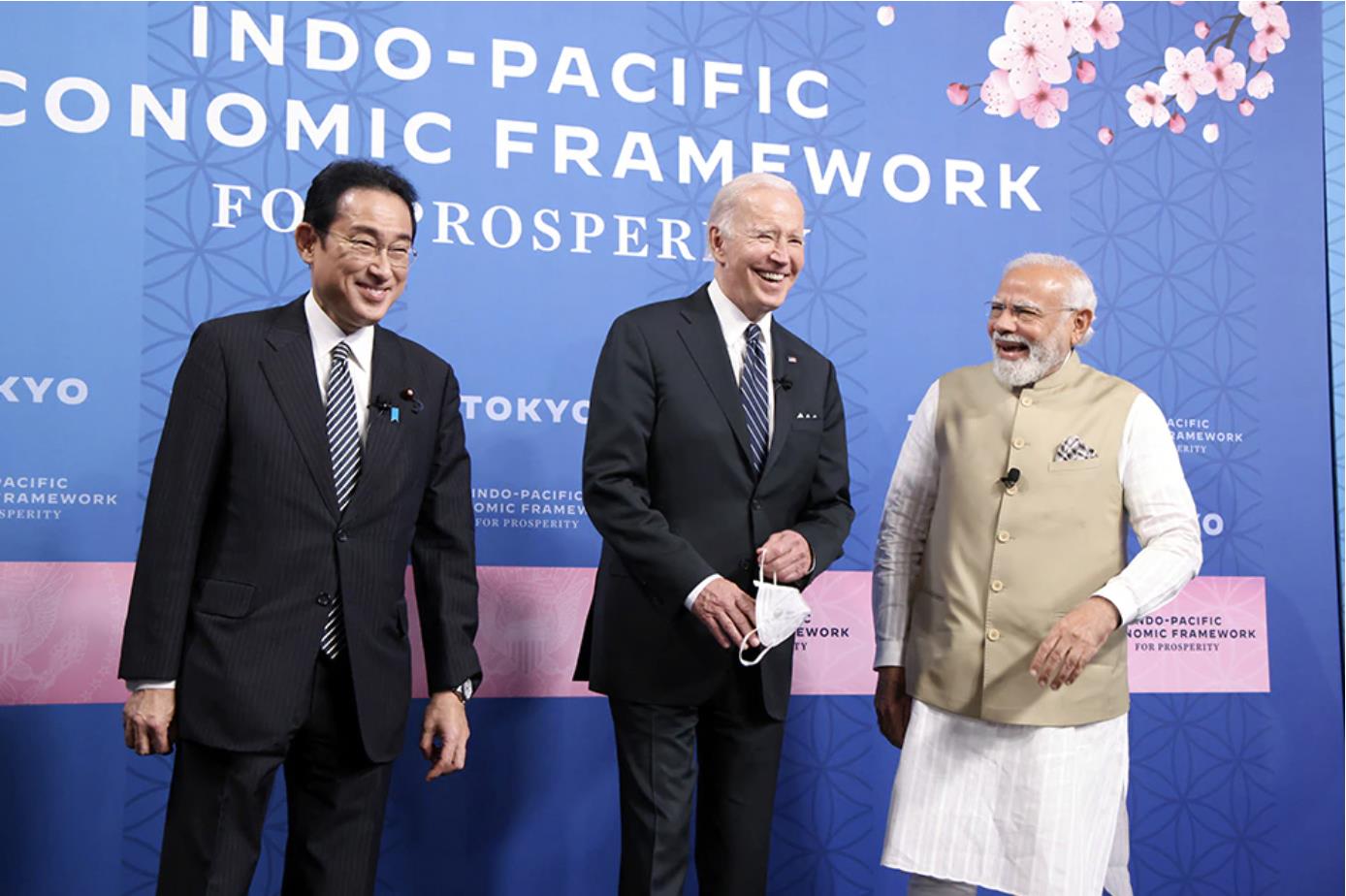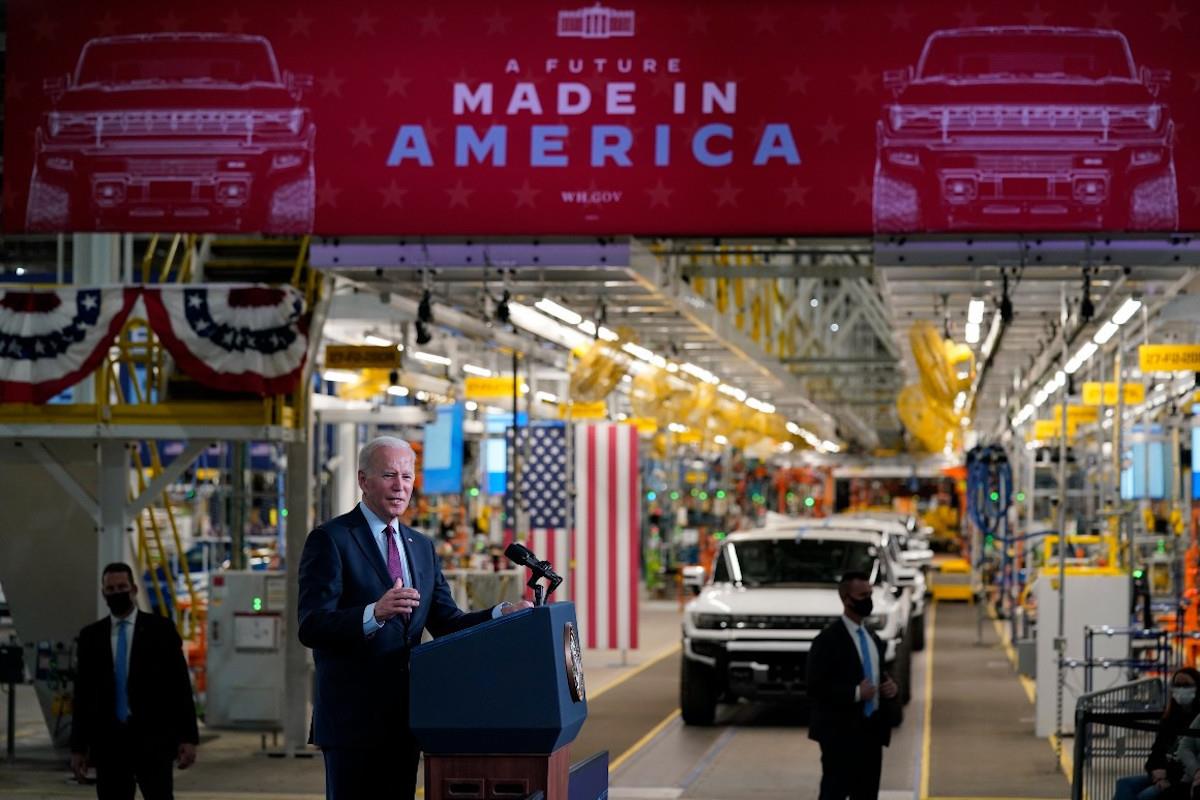
IPEF Supply Chain Vision Finally Comes Into View
The agreement brings welcome attention to the issues facing supply chains, but effective implementation will be key to realizing the agreement's potential.
The
Supply Chain Agreement
contains a laundry list of the parties' plans to make supply chains stronger and more resilient. This includes everything from increasing transparency, to facilitating investment and encouraging the use of digital standards.
While mostly laudable aims – particularly considering the challenges in reaching consensus among the diverse range of IPEF participants – much of the language is broad and non-binding, which leaves it open to interpretation.
The hope will be that these can at least set baseline norms and perhaps inform binding rules in the future. The risk, though, is they become dead letters with little tangible impact.
The Supply Chain Agreements's new institutional mechanisms may provide more concrete outcomes. These include an IPEF Supply Chain Council, an IPEF Supply Chain Crisis Response Network to prepare for and respond to disruptions and an IPEF Labor Rights Advisory Board made up of government, worker and employer representatives.

Legal Disclaimer:
MENAFN provides the
information “as is” without warranty of any kind. We do not accept
any responsibility or liability for the accuracy, content, images,
videos, licenses, completeness, legality, or reliability of the information
contained in this article. If you have any complaints or copyright
issues related to this article, kindly contact the provider above.























Comments
No comment